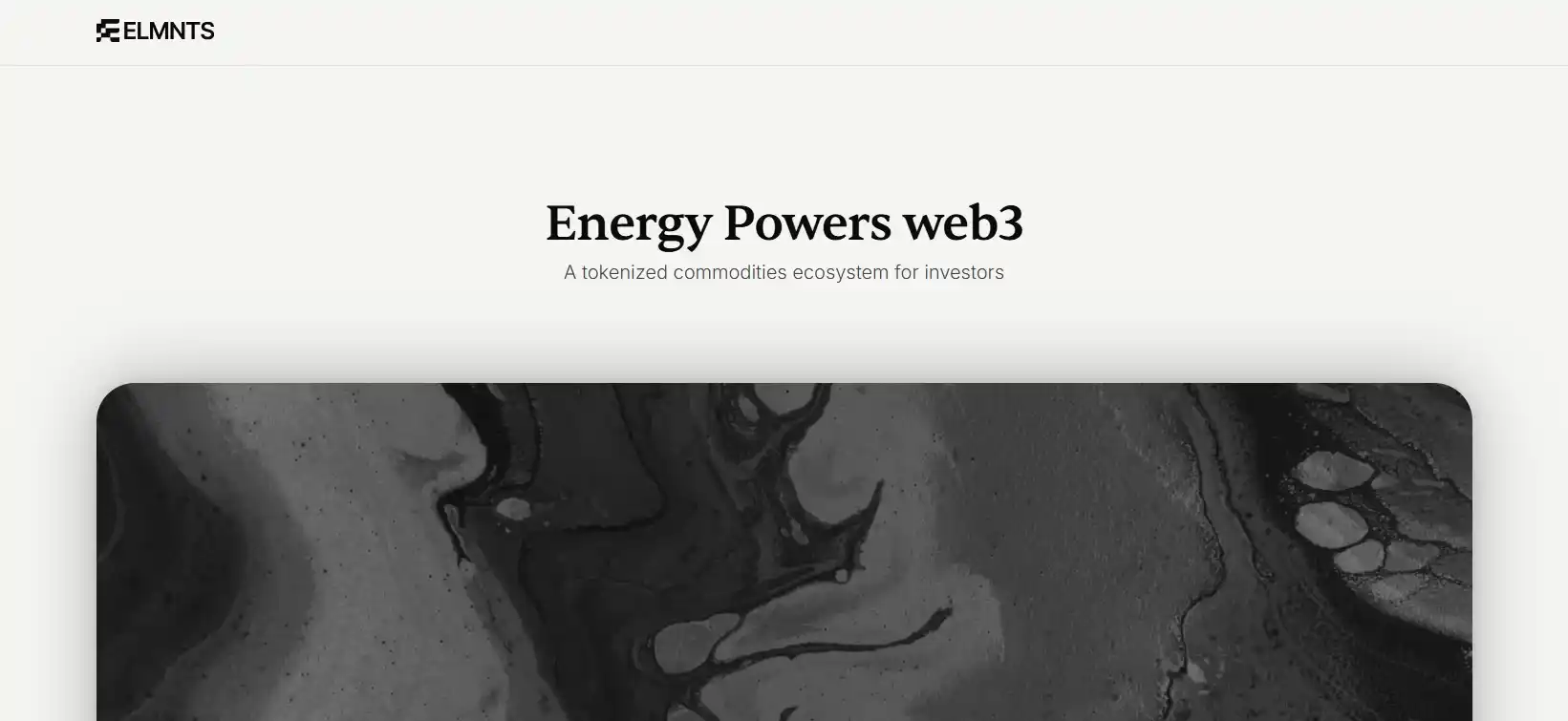The modern world of digital art is rapidly evolving, and blockchain technology is opening new opportunities for creators and collectors. The Elmnts project represents an innovative platform that unites artists, investors, and enthusiasts in an NFT ecosystem. Here, authors can tokenize their works, while buyers can acquire unique digital assets with authenticity guarantees. Thanks to blockchain transparency and a user-friendly interface, Elmnts makes interacting with NFTs simple and secure.
Contents:
- What is Elmnts and how does the platform work?
- Key features and advantages
- How to create and sell NFTs on Elmnts?
- Security and technological foundation
- Platform development prospects and integrations
- Conclusion
What is Elmnts and how does the platform work?
Elmnts is a specialized platform designed for working with non-fungible tokens (NFTs). It provides tools for creating, buying, and selling digital assets, including artworks, music, and virtual collectibles. The project's main goal is to simplify interaction between content creators and their audience while ensuring transaction transparency.
Blockchain technology forms the foundation of Elmnts, guaranteeing data immutability and protection against counterfeiting. Each token represents a unique digital certificate confirming ownership of a specific asset. The platform supports various NFT standards, enabling integration with other cryptocurrency services.
Users can register in the system, upload their works, and list them for sale for cryptocurrency or fiat money. Smart contracts automate the rights transfer process, eliminating the need for intermediaries.
Key features and advantages
Elmnts offers a comprehensive NFT solution combining technological sophistication with user-friendliness. The platform stands out from competitors through its well-thought-out functionality and flexible conditions for content creators.
The system's main advantages include:
- Low fees — favorable rates for creators and buyers compared to other marketplaces
- Multi-chain support — compatibility with Ethereum, Polygon, and Solana for user convenience
- Collector ecosystem — convenient wallet and collection management tools
- Social integrations — built-in promotion mechanisms through social networks
- Energy efficiency — use of "green" blockchain solutions to minimize carbon footprint
Thanks to these features, Elmnts creates a comfortable environment for both professional artists and digital art newcomers. The platform continues to evolve, regularly adding new features based on community requests.
How to create and sell NFTs on Elmnts?
The content tokenization process on the platform consists of several steps. First, users upload a digital file (image, audio, or video), then fill in metadata including title, description, and licensing terms. Next, they select an auction type or fixed price.
Important parameters to consider:
| Parameter | Description |
|---|---|
| File format | JPEG, PNG, MP3, MP4 and others |
| Royalties | Percentage from future resales |
| Blockchain | Ethereum, Polygon, Solana |
| License | Commercial or non-commercial |
After confirming the data, the NFT is placed on the marketplace where other users can purchase it. The platform provides analytics on views and sales, helping authors optimize their strategies.
Security and technological foundation
Elmnts ensures maximum protection of user assets through a multi-level security system. The platform employs advanced data encryption methods and mandatory two-factor authentication for all operations. All transactions are recorded on the blockchain, ensuring transparency and immutability of records. Regular smart contract audits by independent experts eliminate code vulnerabilities.
Special attention is paid to personal data protection - user information is stored in a decentralized format, minimizing hacking risks. Integration with leading blockchain networks guarantees platform stability even under heavy loads.
Platform development prospects and integrations
The modern digital art market requires continuous improvement of technological solutions, and Elmnts demonstrates readiness to meet these challenges. Innovative virtual reality tools currently in development will transform user interaction with NFT collections. Particular emphasis is placed on building bridges between digital and physical art through material asset tokenization mechanisms.
Active collaboration with cultural institutions and the music industry is underway to develop unique projects. The technical team focuses on optimizing minting processes and expanding the list of supported blockchain networks, which will significantly simplify new participants' entry into the ecosystem. Such strategic initiatives strengthen the platform's competitive advantages in the fast-growing digital assets market.
Conclusion
Elmnts represents a promising platform combining modern technology and creativity. Thanks to its user-friendly interface, low fees, and high security, the project attracts both artists and collectors. The development of multi-chain support and VR integration opens new possibilities for digital art. Elmnts not only simplifies the tokenization process but also creates a community where everyone can find their audience. With growing NFT popularity, the platform has every chance to take a leading position in this sphere. The innovative approach and user orientation make Elmnts one of the most interesting projects in blockchain technology.






